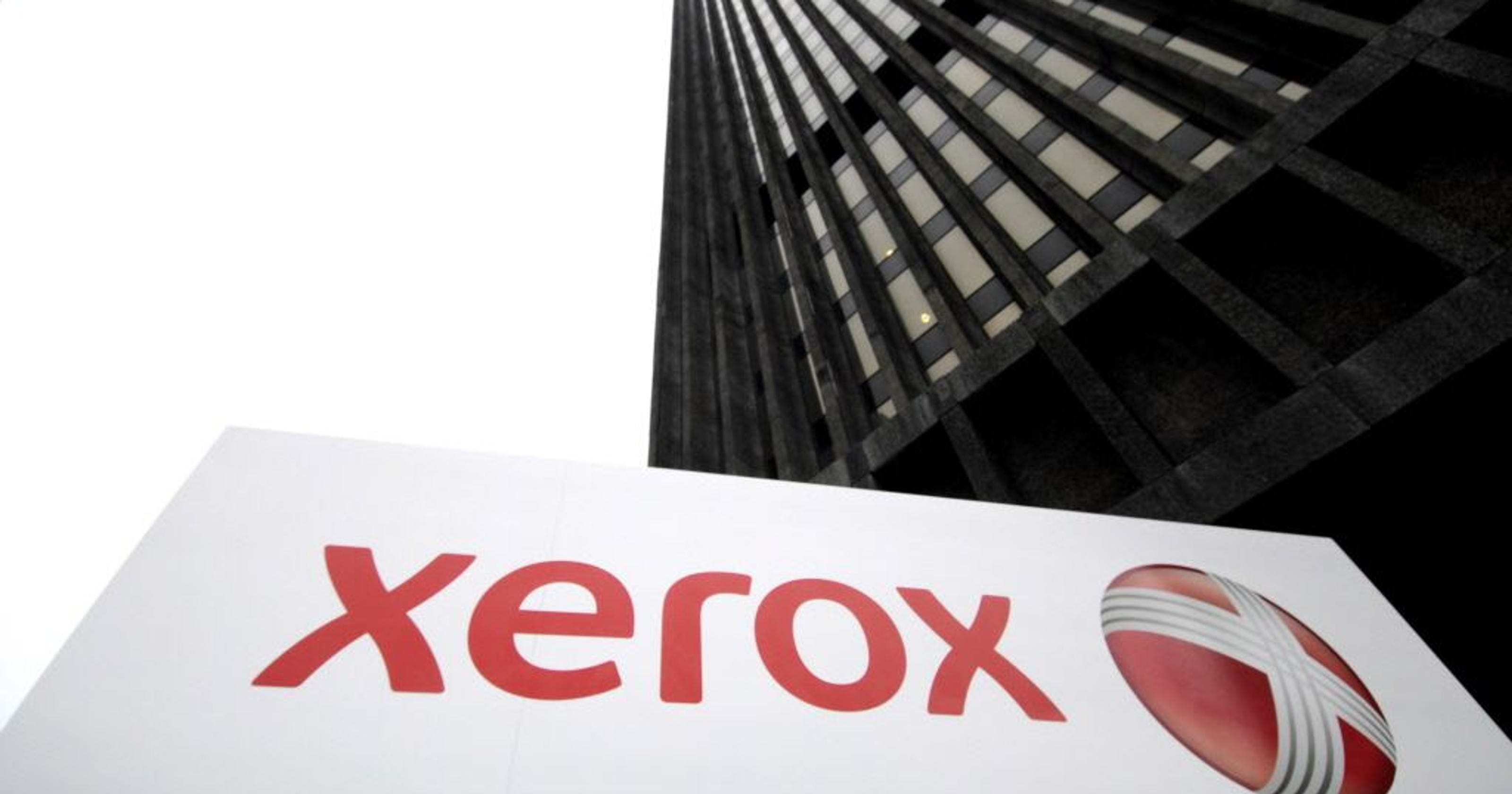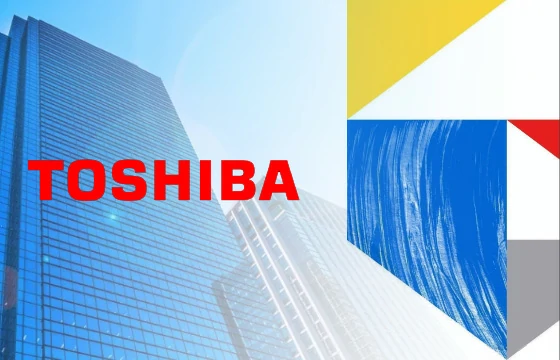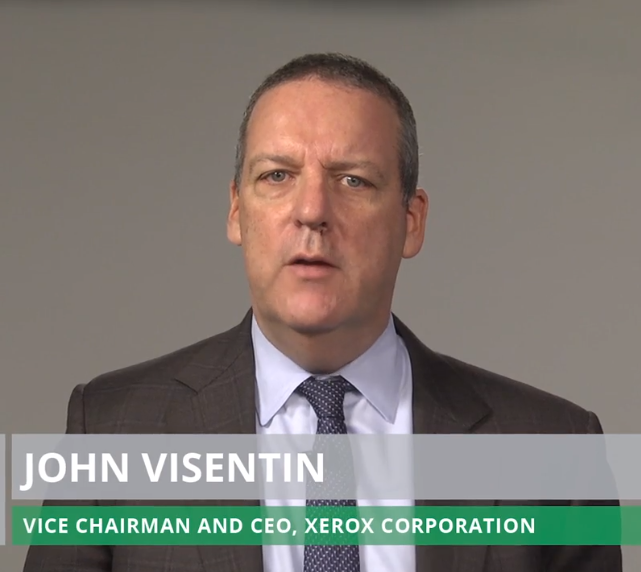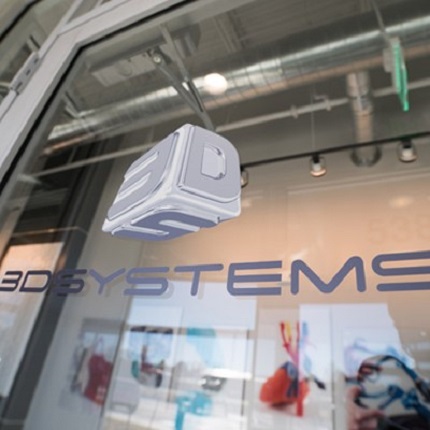Printer Company Beats Up Google and Amazon
Originally published at Money
The Best-Performing Tech Stock of 2019 Isn’t Google or Amazon – It’s a 113-Year-Old Printer Company
Xerox is synonymous with photocopiers and printers – not necessarily great in today’s digital world. But an aggressive cost-cutting plan and bets on ventures like 3D printing have turned the century-old company into the hottest tech stock on the market in 2019. Xerox, founded as a photographic company in 1906, pioneered the first copier machine in the late 1950s. After decades as an industrial powerhouse, however, Xerox has struggled to adapt to the digital age, posting decreasing revenue for most of the past decade.
Now the Norwalk, Conn.-based company is trying to transform itself into a more dynamic tech firm, investing in its managed print services – equipment servicing and replacing supplies – as well as new innovations like 3D Technology and digital print packaging.
After cutting costs and reorganizing its management team last year, Xerox has surged nearly 55% through the end of May, to just over $30 per share. Xerox’s return is far and away from the highest of any tech stock in 2019, beating out big names like Google, up 5%, and Amazon, up 15%.

Visentin laid out his vision for Xerox to shareholders in February, with plans to invest in the company’s relatively stable printer and copier servicing business, as well as cut costs and seek potential news sources of revenue – promising investors flat to growing sales by 2021.
Xerox’s service business, essentially repairing and maintaining printers and copiers for existing customers, already amounts to 80% of the company’s total sales. Print services revenue, which is declining much less quickly than equipment sales, also offers better profit margins, according to analysts. Xerox has few competitors on the same scale who can offer such a wide range of services.
Xerox is also cutting costs. Analysts expect the company to save $640 million in 2019, mainly by selling its ancillary financing and leasing businesses, reducing headcount, and closing offices. This has already helped Xerox improve its operating margins, with 2018 showing the first reported year-over-year increase in over five years.
Of course, in the longer term, Xerox needs to find organic revenue growth. While that will be difficult, according to CFRA analyst David Holt, selling its financing and leasing businesses should give the company cash to invest in areas like digital document packaging and 3D technology, which might eventually gain traction.
In February, Xerox announced new offerings that act as a scanner-software go-between in paperwork-heavy industries. The company has also made acquisitions in potential growth areas, like when they bought Vader Technologies, a liquid metal 3D printing company, earlier this year.






Leave a Comment
Want to join the discussion?Feel free to contribute!